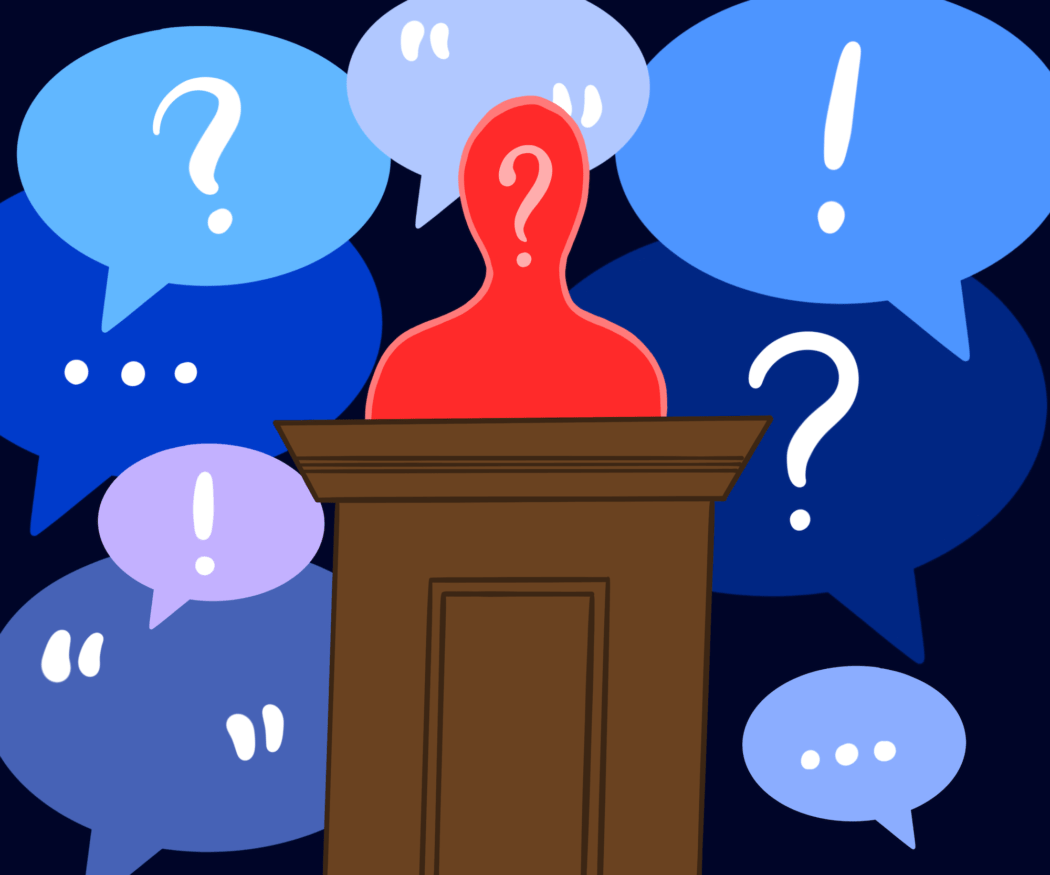Opinion: Juries should be blind
We shouldn’t judge a book by its cover, but we always do.
Jennifer Eberhardt of the Los Angeles Times and several psychologists performed a study that proved racial bias in jury members.
Using mugshots of black suspects and describing the crimes they committed, the subjects most commonly chose to give the death penalty to those who had more stereotypical black features and committed specifically violent crimes against white victims.
In the court system, juries are lined up to judge a trial and determine a person’s fate. This system, while democratic, is not without its flaws.
There are two ways to stand trial: by jury, which often depends on unanimous voting, or by a judge, which is considered to be more cost and time effective. Most defendants choose a jury because it may draw out a case and it uses different viewpoints of the diverse jurors.
However, this may cause more harm than good. Studies have concluded this face-to-face justice system can be tampered by visual bias.
This implicit bias is wrong but ingrained within the mindsets of our entire society. This unconscious bias is not our fault, but the fault of negative media and stereotypes that send people the wrong messages about minorities.
A criminal should not be defined by their looks, but by their actions. Still, generally beautiful people are given less harsh prison sentences because of jury interference playing off of visual stigmas.
An article by Jury Analyst said, “Racial discrimination is only one form of bias. Everyone judges people based on differences, such as gender, race, or religion.”
The basis of a jury is “being judged by your peers,” but this does not work for many different groups because people with low incomes, single parents, the sick, and others with overbearing responsibilities cannot participate, making a full representation of certain people impossible.
Getting rid of juries is the best possible route to help eliminate unconscious bias. Even people who are aware of their bias and try to work against it, sometimes fall into holes of assumption. Basing sometimes guilt or sentence on what they look like or if they even “look like that type of person” is dangerous and can promote unhealthy attitudes towards criminals.
Meeting or even seeing a defendant can also make jurors form opinions that don’t reflect the crimes. Someone can appear uneducated, angry, cowardly or socially awkward. Or, like the infamous Ted Bundy, can appear bold, attractive, confident or charming.
Despite all his crimes, even while on death row, Ted Bundy — along with several other convicted serial killers, cult leaders and cannibals — had a fan club.
People being attracted to disturbing people is not brand new, but it is a reason we cannot trust the general public to make decisions about people’s very lives. Yes, judges and lawyers have their own biases, but they are educated and see the case at every angle, unlike jurors who only see the parts that the lawyers want them to see.
It’s a crumbling system that needs to be reformed in order to make the justice and court systems fairer to everyone, no matter what they look or act like. Actions, not looks, should define a person and their fate.

Megan Cowdell is a second-year communications student. She loves going on bike rides, reading mystery novels and watching cheesy movies.

